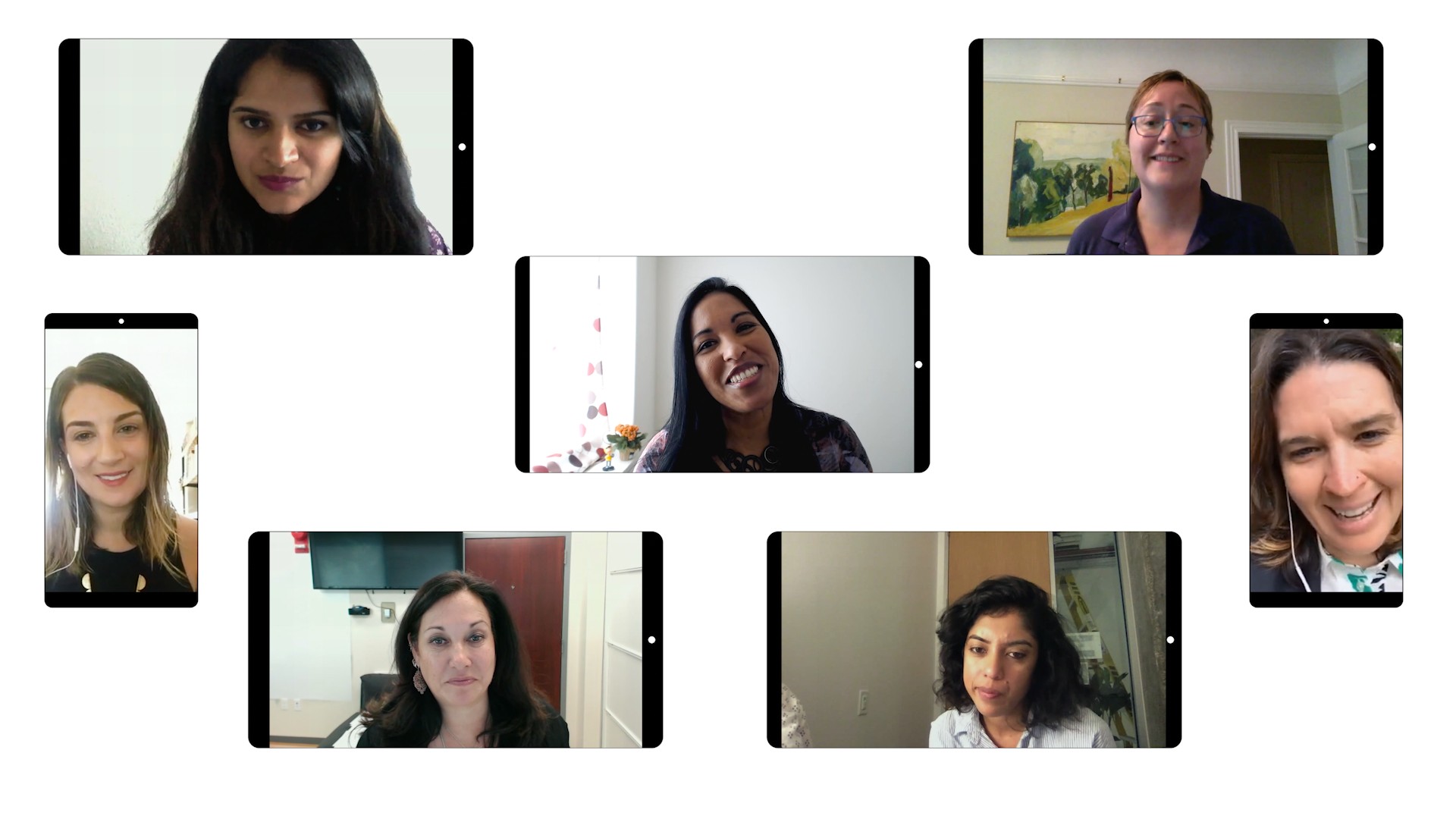Another batch of data from the U.K.’s new name-and-shame program has been released, revealing which large British companies have the biggest gender pay disparities.More than 10,000 companies had to reveal the difference in what they pay male and female staff as part of a government push to name and shame businesses into reducing pay disparities. All companies with more than 250 employees had to provide numbers.The data gathered shows that women are being paid a median hourly rate that is 9.7 percent less than men at the same companies.According to the published data, nearly four in five British companies – 78 percent – pay men more than women on average, while just 14 percent pay women more. Eight percent reported no pay gap between men and women.It found a pay gap favoring men across all industry sectors, with the largest gaps seen in construction, finance and insurance, and education.The data led British newspapers to publish name-and-shame lists of companies with the highest discrepancies between what men and women were paid. The highest, according to the Evening Standard, was the newspaper company North Wales News, with a median gender pay gap of 85.2 percent.Among companies with more than 5,000 employees, the banking firm HSBC was found to have the highest pay gap, paying men on average 59 percent more than women, with Virgin Atlantic second at 58 percent. HSBC defended its pay structure, saying it was confident that staff were paid appropriately, and that it made adjustments if it found differences between men and women in similar roles that couldn’t be accounted for by experience or performance.Virgin Atlantic said the gap was a reflection of the low number of female pilots in the industry. The same explanation was given by budget carrier Ryanair, which had a pay gap of 71.8 percent; it said it employed only eight women pilots alongside 546 men.Pay gap reporting has been criticized by some as a crude exercise, with the lack of detail in the figures provided obscuring possible demographic explanations for disparities. But many hailed it as a useful starting point for addressing the issue.Sam Smethers, chief executive of the Fawcett Society, which campaigns forgender equality, said gender pay gap reporting was “a game-changer.”“It forces employers to look at themselves and understand their organizations and it prompts employees to ask some hard questions,” she said. “Finally women are realising that they have a right to talk about pay and they cannot be silenced.”Data from public-sector organizations, which had to report their gender pay gaps before an earlier deadline, indicated that nine in 10 paid men more than women, with an overall pay gap of 14 percent.Britain has had equal pay legislation for nearly 50 years, making it illegal for men and women to be paid differently for the same role. But it has failed to eradicate the gap in earnings between men and women within most companies and industries. The issue has gathered steam since Prime Minister Theresa May pledged to take action after coming to power in 2016.The British efforts are part of a growing movement internationally to address the pay disparity between men and women. In Germany, a similar new law will compel companies with more than 500 employees to reveal their pay gaps, and Australia has recently made similar reporting compulsory for most companies. In some countries, like Iceland, employers are made to prove they are paying men and women equally. Cover image: File photo from May 2013 shows a sign outside an HSBC branch. Credit: Joe Giddens/PA Wire URN:35536068 (Press Association via AP Images)
Cover image: File photo from May 2013 shows a sign outside an HSBC branch. Credit: Joe Giddens/PA Wire URN:35536068 (Press Association via AP Images)
Advertisement
Advertisement
